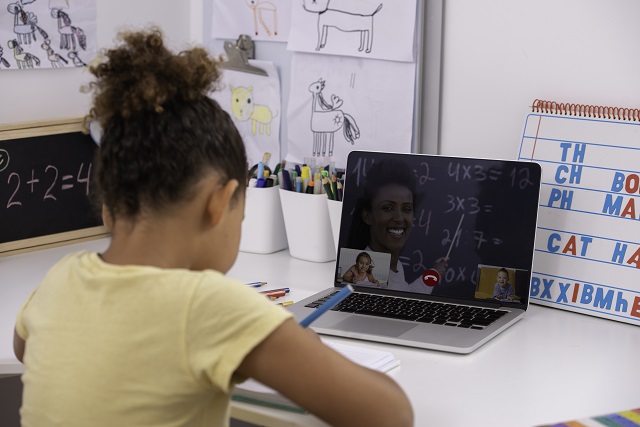
Credit: RuslanDashinsky / Getty Images
Students have lost months and months of learning because of school closures during the COVID-19 crisis. Research shows that remote education efforts haven’t measured up, and the pandemic has only exacerbated economic, racial and rural-urban divides. During the next school year, following the long summer break, many students could find themselves falling even further behind.
Dana Goldstein, a national correspondent for The New York Times and the author of The Teacher Wars: A History of America's Most Embattled Profession, discusses the latest data on distance learning for grades K-12 and students and parents share their own experiences.
Main Takeaways:
- Goldstein highlights a report from McKinsey & Company, a consulting group, which predicts that learning losses will be most profound among low-income, black, and Hispanic students, worsening existing student-achievement gaps.
- Some rural students have also been disproportionately impacted. A report by the Center on Reinventing Public Education found that only 27 percent of rural and small-town school districts required teachers to provide instruction to students, during remote learning, compared with more than 50 percent of urban districts.
- Access to reliable internet service at home, a computer, parental help and real-time instruction from teachers all impacted the success of remote learning.
- Because of all the work that will be needed to get school buildings ready for potentially reopening in the fall and in compliance with health requirements, Goldstein fears school districts could miss an opportunity to improve the standards of distance learning and better address inequalities.
More Reading:
- Check out Goldstein’s reporting about the set-backs that many students have faced during the coronavirus pandemic.
- Learn more about why the “perennial crisis of summer slide” is an even bigger concern for children this year
- Find out why the vast American experiment in remote learning received a failing grade in this analysis by The Wall Street Journal.

